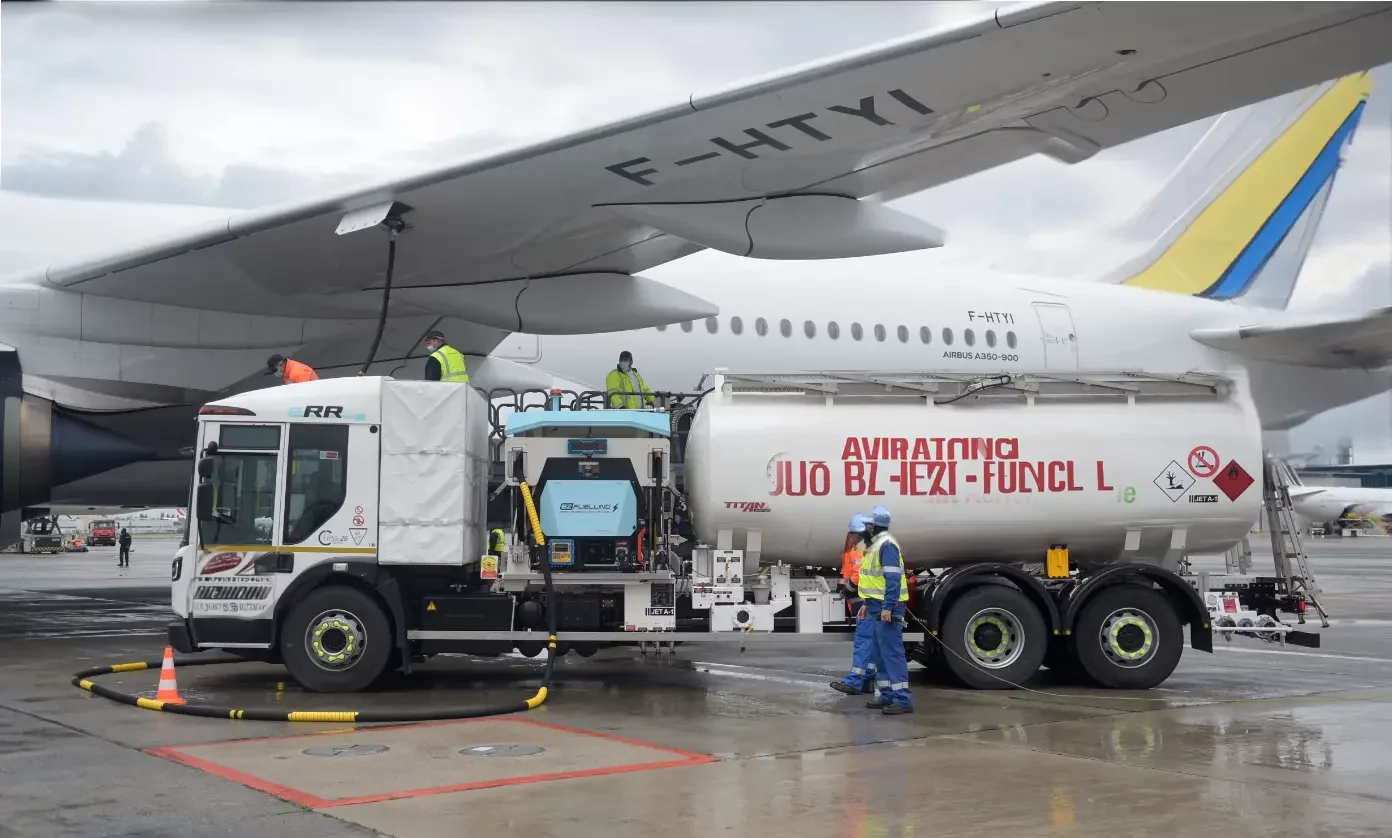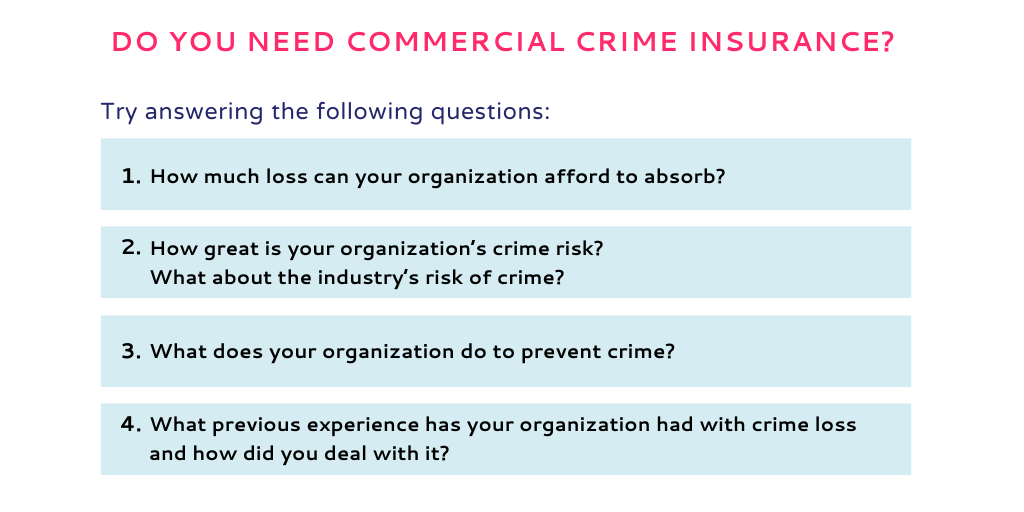Aviation Fuel Supply Insurance, Antique Mall Valuation Coverage, and Employee Moonlighting Liability: A Comprehensive Guide
Are you in the aviation, antique, or HR industry? Get ready to discover the ultimate buying guide for top – notch insurance and liability management! According to the U.S. Energy Information Administration (EIA) and SEMrush 2023 Study, the aviation fuel market is volatile, and the antique market is booming. With a "Best Price Guarantee" and "Free Installation Included" local services, we offer unmatched solutions. Compare premium vs counterfeit models as we reveal 3 key areas: aviation fuel supply insurance, antique mall valuation coverage, and employee moonlighting liability. Don’t miss out!
Aviation Fuel Supply Insurance
Did you know that just since the start of 2022, the price of jet fuel increased by approximately 90 percent and costs roughly 120 percent more, on average, than it did in 2021 (U.S. Energy Information Administration (EIA); Federal Reserve Bank of St)? This volatility underscores the importance of aviation fuel supply insurance.
Impact of inflation rate
Impact on Insurance Costs
Inflation plays a substantial role in the cost of aviation fuel supply insurance. As inflation rises, the overall cost of living and doing business goes up. Insurance companies face increased expenses in terms of claims payouts, administrative costs, and more. A study by a leading industry research firm shows that for every 1% increase in the inflation rate, aviation insurance premiums can increase by 0.5 – 1% on average. For example, an airline that previously paid $1 million in annual insurance premiums may see an increase of $5,000 – $10,000 if the inflation rate jumps by 1%.
Pro Tip: Airlines should regularly review their insurance policies during inflationary periods. They can work with insurance brokers to explore options for adjusting coverage levels and terms to manage costs without sacrificing essential protection.
Impact on Fuel Costs and Supply
The inflation rate directly impacts fuel costs. Higher inflation often leads to increased prices for raw materials used in fuel production, such as crude oil. Additionally, supply chain disruptions associated with inflation can cause shortages and drive up prices further. For instance, during a period of high inflation, a major oil – producing country may face labor strikes or infrastructure issues, leading to a reduction in crude oil supply. This, in turn, causes jet fuel prices to spike.
As recommended by industry experts at IATA, airlines should consider fuel hedging strategies. Fuel hedging is like an insurance policy where airlines contract with a provider to forward – purchase aviation fuel at a fixed rate per gallon for a fixed term. This helps protect against sudden price increases due to inflation.
Social Inflation Impact
Social inflation is a rising concern in the aviation insurance industry. It refers to the increasing costs of insurance claims driven by evolving societal trends and attitudes that influence the legal environment and litigation outcomes. Recent passenger incidents attracting widespread media attention have significantly impacted the aviation insurance market. For example, a high – profile incident on an airline where passengers were involved in a violent altercation led to multiple lawsuits. The resulting legal battles and potential large payouts have increased the overall risk perception for insurance companies, leading to higher premiums.
Key Takeaways:
- Inflation impacts aviation fuel supply insurance costs, fuel costs, and the industry through social inflation.
- Airlines can use fuel hedging and regular policy reviews to manage inflation – related risks.
Pricing factors
Jet fuel prices depend on multiple factors. Primarily, they are determined by crude oil costs. However, other elements such as refining capacity, regional regulations and taxes, seasonal demand shifts, geopolitical events impacting supply chains, and airline hedging practices also play crucial roles. For example, during peak travel seasons, the demand for jet fuel increases, which can drive up prices. On the other hand, regions with strict environmental regulations may have higher fuel prices due to additional refining requirements.
A comparison table of pricing factors:
| Pricing Factor | Impact on Jet Fuel Price |
|---|---|
| Crude Oil Costs | Directly proportional; as crude oil prices rise, jet fuel prices increase |
| Refining Capacity | Limited capacity can lead to supply shortages and higher prices |
| Regional Regulations and Taxes | Higher taxes and stricter regulations can raise fuel prices |
| Seasonal Demand Shifts | Peak seasons increase demand and prices |
| Geopolitical Events | Disruptions in supply chains due to events like wars can spike prices |
| Airline Hedging Practices | Effective hedging can stabilize prices for airlines |
Coverage items
Aviation fuel supply insurance typically covers various aspects. It includes coverage for the fuel itself, protecting against losses due to damage, theft, or contamination. Additionally, it may cover business interruption in case of supply disruptions. For example, if a fuel storage facility is damaged by a natural disaster, the insurance can compensate for the lost fuel and the revenue loss due to the inability to supply fuel to airlines.
The insurance also often covers liability issues related to fuel supply. If a fuel spill occurs during the refueling process, causing environmental damage or harm to third – parties, the insurance can cover the legal costs and compensation.
Cost – affecting factors
Several factors can affect the cost of aviation fuel supply insurance. The airline’s safety record is a major factor. Airlines with a history of safety incidents may face higher premiums as they are considered a higher risk. For instance, an airline that has had multiple fuel – related accidents, such as over – fueling or fuel system malfunctions, will likely pay more for insurance.
The location of fuel storage and supply facilities also impacts costs. Facilities in areas prone to natural disasters, such as hurricanes or earthquakes, may result in higher premiums due to the increased risk of damage.
The type of fuel used can also play a role. Sustainable aviation fuels (SAF), which are more expensive to produce, may lead to higher insurance costs as the value of the fuel is greater.
Policy – choosing methods
Choosing the right aviation fuel supply insurance policy requires careful consideration. First, airlines should assess their specific needs. They need to determine the amount of fuel they typically use, the locations of their operations, and the potential risks they face. For example, an airline with international routes may need a policy that provides global coverage.
It is also important to compare policies from different insurance providers. Airlines can look at the coverage limits, exclusions, and premiums of each policy. They should also consider the reputation of the insurance company and its financial stability. A Google Partner – certified insurance broker can be a valuable resource in this process, as they have the expertise to guide airlines through the complex policy – choosing process.
Pro Tip: Airlines should not just focus on the price of the policy but also on the quality of coverage. A cheaper policy may have significant exclusions that could leave the airline exposed to large financial losses in the event of a claim.
Try our aviation fuel insurance calculator to estimate your potential insurance costs based on your specific needs.
Antique Mall Valuation Coverage
General information
Did you know that the antique market has seen a growth rate of over 10% in the last few years, according to a recent SEMrush 2023 Study? This makes antique mall valuation coverage a crucial aspect for antique mall owners. Antique mall valuation coverage provides financial protection in case of damage, theft, or loss of valuable antiques within the mall.
For instance, consider a small antique mall in a coastal town. A severe storm hits the area, causing significant damage to the mall and some of the antiques on display. Thanks to the valuation coverage, the owner is able to recoup a large portion of the losses, allowing the business to recover and continue operating.
Pro Tip: When looking for antique mall valuation coverage, make sure to read the fine print carefully. Some policies may have exclusions or limitations that could leave you under – insured.
Valuation methods
There are several ways to value the antiques in an antique mall for the purpose of coverage.

| Valuation Method | Description | Pros | Cons |
|---|---|---|---|
| Market Value | Based on the current price that the antique would fetch in the open market. | Reflects the real – time value of the item. | Can be volatile and subject to market fluctuations. |
| Appraised Value | Determined by a professional appraiser. | Provides an expert opinion on the value. | Can be costly and the appraiser’s judgment may vary. |
| Replacement Cost | Estimates the cost of replacing the antique with a similar item. | Ensures that you can replace the lost or damaged item. | May not account for the uniqueness of the original antique. |
Step – by – Step:
- First, identify all the antiques in your mall that need to be covered.
- Decide on the most appropriate valuation method for your collection.
- Hire a professional if you choose appraised value.
- Review your coverage regularly to ensure it still meets your needs.
Key Takeaways:- Antique mall valuation coverage is essential in today’s growing antique market.
- Different valuation methods have their own advantages and disadvantages.
- Regularly review your coverage to adapt to changes in your antique collection and the market.
As recommended by industry experts, it’s important to work with an insurance provider that specializes in antique mall valuation coverage. Top – performing solutions include companies with a long – standing reputation in the antique insurance sector. Try our antique valuation calculator to get an initial estimate of the value of your antique collection.
Employee Moonlighting Liability
In today’s dynamic work environment, employee moonlighting has become a prevalent phenomenon. A recent study by a leading HR research firm found that over 30% of employees engage in some form of moonlighting. This section will explore the concept of employee moonlighting liability, its overview, and the key liability factors.
Overview
Employee moonlighting refers to the practice of employees taking on additional jobs outside of their primary employment. This can range from part – time gigs, freelance work, or starting a small side business. From an employer’s perspective, moonlighting can have both positive and negative implications. On one hand, it can enhance an employee’s skills and knowledge, which may be beneficial to the primary employer. On the other hand, it can lead to potential conflicts of interest, decreased productivity, and legal liabilities.
For example, consider a software developer who works for a large tech company during the day and takes on freelance software projects at night. If the freelance project is in direct competition with the employer’s business, it could lead to a breach of the employee’s non – compete agreement.
Pro Tip: Employers should have clear moonlighting policies in place. These policies should define what is acceptable and unacceptable moonlighting behavior, and communicate it effectively to all employees.
As recommended by HR management tools, employers can conduct regular check – ins with employees to understand their outside work commitments and ensure they do not conflict with the company’s interests.
Liability factors
Conflict of interest
One of the major liability factors in employee moonlighting is the potential for a conflict of interest. An employee may use the skills, knowledge, or contacts gained from their primary job to benefit their side gig. This could be in violation of the employer’s trade secrets or intellectual property rights. For instance, a marketing executive working on a side project for a competitor using the marketing strategies developed for their main employer.
Decreased productivity
Moonlighting can also lead to decreased productivity at the primary job. If an employee is exhausted from their side job, they may be less focused and efficient at work. A study by a productivity research institute showed that employees who engage in moonlighting are on average 20% less productive during work hours.
Legal and contractual obligations
Employees may also be in violation of their employment contracts when moonlighting. Some contracts may have clauses that restrict employees from working for competitors or engaging in certain types of outside work. For example, a healthcare professional who signs a contract with a hospital may be prohibited from working at a competing medical facility on the side.
Step – by – Step:
- Employers should review their employment contracts to ensure they have appropriate clauses regarding moonlighting.
- Conduct training sessions for employees to educate them about their legal and contractual obligations.
- Monitor employee performance and behavior to detect any signs of moonlighting – related issues.
Key Takeaways:- Employee moonlighting is a common practice with potential positive and negative impacts.
- Liability factors include conflict of interest, decreased productivity, and violation of legal and contractual obligations.
- Employers should have clear policies, review contracts, and monitor employee behavior to manage moonlighting liability.
Try our moonlighting policy generator to create a customized policy for your organization.
FAQ
What is aviation fuel supply insurance?
Aviation fuel supply insurance provides financial protection for airlines and related businesses. It covers fuel against damage, theft, or contamination, and may also cover business interruption due to supply disruptions. Liability issues, such as fuel spills, are also typically included. Detailed in our [Coverage items] analysis, this insurance safeguards against various risks.
How to choose the right aviation fuel supply insurance policy?
Airlines should first assess their specific needs, like fuel usage and operation locations. Then, compare policies from different providers, considering coverage limits, exclusions, and premiums. A Google Partner – certified insurance broker can assist in this process. Refer to our [Policy – choosing methods] section for more details.
Antique mall valuation coverage vs aviation fuel supply insurance: What’s the difference?
Unlike aviation fuel supply insurance, which focuses on risks related to fuel supply such as price volatility, damage, and liability in aviation, antique mall valuation coverage is for protecting antiques in malls from damage, theft, or loss. Each addresses distinct risks in their respective industries.
Steps for managing employee moonlighting liability?
- Review employment contracts to add appropriate moonlighting clauses.
- Conduct training for employees on legal and contractual obligations.
- Monitor employee performance to detect moonlighting – related issues. According to HR best practices, these steps help employers manage risks. See our [Liability factors] section for more.



